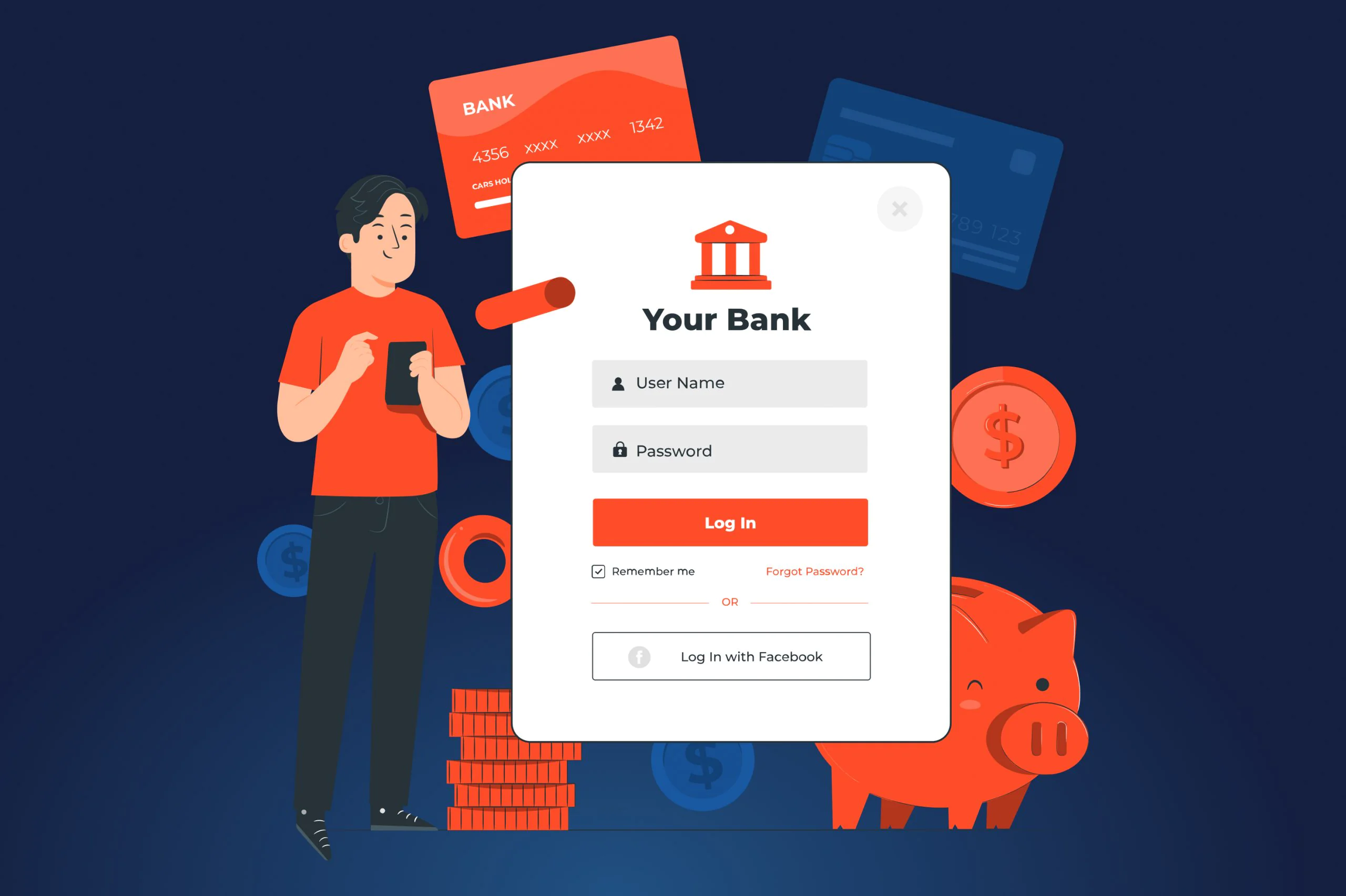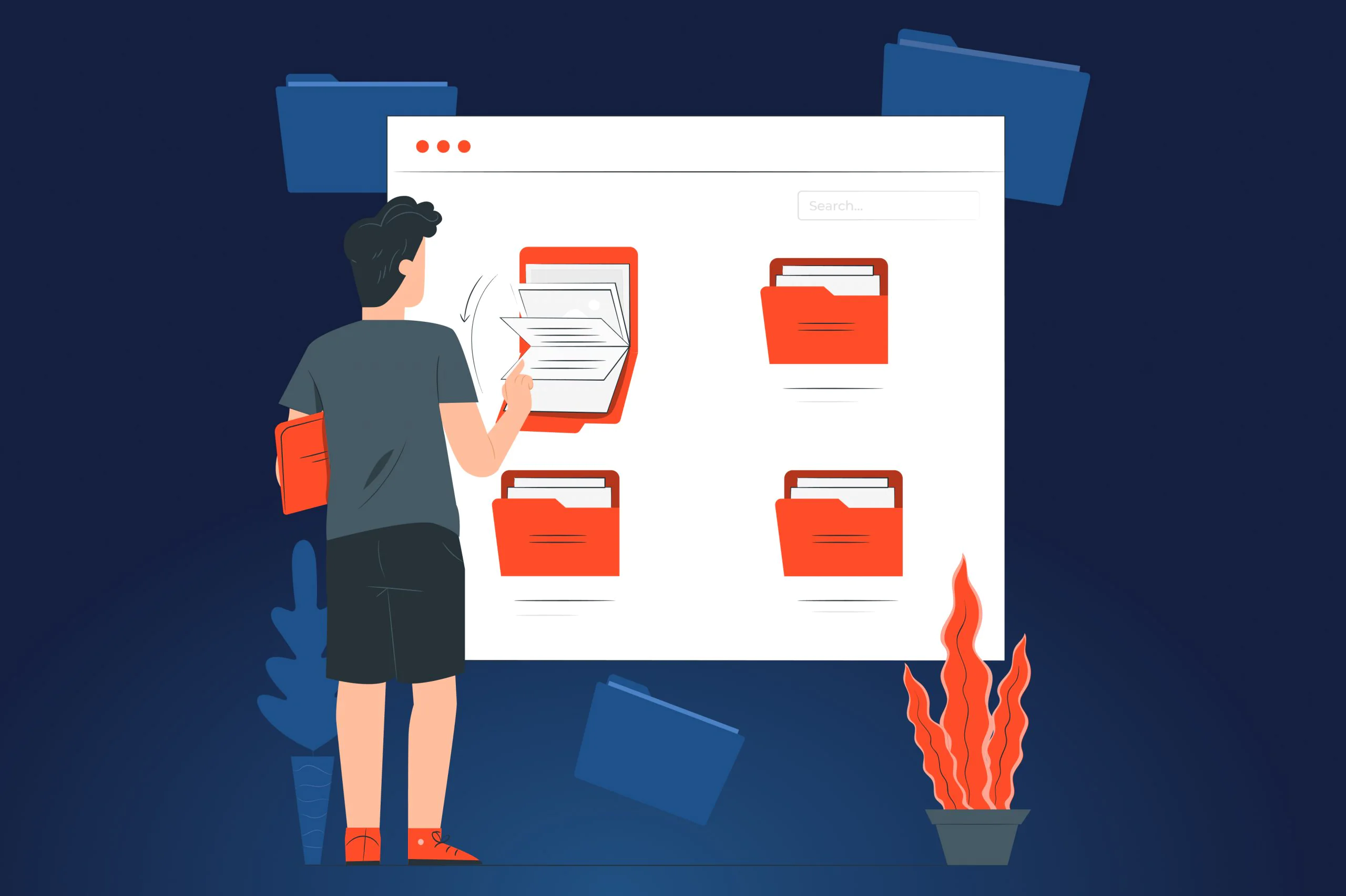People usually don’t like when strangers come to their house and pee on their carpet. People especially hate when strangers come to their house, blackmail them and demand to pay some unknown debt, and then pee on their carpet. Sure, The Big Lebowski movie’s message is quite different and abstract, but this ridiculous scene tells us that lending and borrowing money is indeed a serious thing.
That’s the reason why creditworthiness evaluation is so important to any money lending app. If you create a loan application, you need to be sure that the money is borrowed by people who really mean to give them back and pay the interest.
The JatApp team understands you well in this case, as we have been developing fintech solutions since 2015 and we know all the pains you have to face. For that reason, we will shed some light on how you can advance the creditworthiness evaluation process in your money lending app and what technology you need to use.
Where is my money Lebowski? or Why creditworthiness evaluation process requires improvements
When a person is going to borrow some money from a bank, the bank doesn’t have much knowledge about them. Trusting a stranger is preposterous, and banks are far from being charity organizations.
That is why financial institutions need to follow some logic that determines whether a particular person is trustworthy enough to take a loan, and what the amount of money is acceptable for lending to that person. To evaluate creditworthiness of an applicant and issue a credit, financial institutions use a so-called 5C framework that includes:
- Character. This criterion refers to a borrower’s past credit history, criminal record, and any other information that can describe a general trustworthiness of an applicant.
- Capacity. It identifies whether a person is able to pay the debt with their current income and cash flows.
- Capital. When a person applies for a loan, they’re ready to contribute some amount of money as the down payment. That’s why financial institutions take into account this amount to determine whether a borrower is capable of paying the debt.
- Conditions. Those are external factors that can impact the economic health of the bank and the borrower. Banks are unwilling to lend money during periods of economic instability, as they have less guarantees to get these money back and earn an interest.
- Collateral. This smart white-collar word just means that a borrower needs to have some valuable property to give instead of money, in case they fail to pay the debt.
The 5C framework may seem to be a perfect measure of a person’s creditworthiness. However, you won’t argue that narrowing down such an important measure to only five criteria is somewhat unfair. Actually, people with low income or without any credit history are underserved by financial institutions. Since they never get access to loans, they have no chance to get them in the future.
In fact, such a financial maze is a problem to 45 million of Americans, which is 15% of the US adult population according to The New York Times. And of course, credit invisibility is a byproduct of institutional racism. A Credit Sesame survey reports that 54% of black consumers and 41% of hispanic population have a credit score below 640 (with acceptable 800-850) or don’t have a credit history at all.
At this point, it’s hard to deny that financial institutions are pure evil. Even though a person finally gets a credit score high enough, the loan process isn’t a walk in the park, but another institutionalized bureaucratic torture.
If a borrower doesn’t drown in the ocean of papers they should sign and has enough stamina to hold a pen for a little shorter than eternity, waiting for the credit approval and funds to come can be the hurdle they won’t overcome by the end of the day (measured in light years).
Consequently, two in five small businesses face bankruptcy because of having little chances of getting funding on time. On top of that, banks underserve small firms as it’s more profitable to concentrate on large enterprises.
To conclude, we can say that the legacy loan eligibility evaluation process is badly institutionalized and painfully slow. That’s why we need a solution that can deal with both problems at the same time. And that can be your product.
Bear with us, we’re going to discuss what technology you need to make your web/mobile money lending app integrations valuable to customers.
Where is my data Lebowski? or What APIs you need
Once the old way of evaluating creditworthiness is imperfect, you naturally expect modern technologies to beef up the entire system of credit scoring. In fact, however, augmenting the credit scoring process with technology results in revenue growth and decrease of credit-loss rates.
Once identification of creditworthy borrowers improves, acceptance rate increases, while the whole process of credit scoring becomes faster. According to the McKinsey report, such immense improvements can lead to your app’s revenue growth by 5-15%.
An enhanced credit scoring system also means that cases when borrowers fail to pay the debt decrease dramatically. Data-driven technology enables financial institutions and fintech products to identify borrowers who are really capable of paying their debts and interest, and filter out risky applicants. Again, the same report by McKinsey states that the credit-loss rate drops down by 20-40% when data solutions come into play.
Data is the great equalizer and the key to making more adequate credit scoring decisions. Technology enables you to take into account factors that go far beyond financial data. Your money lending app can collect the following data to have a bird-eye view of a user’s creditworthiness:
- Payment history
- Rental and utilities payments report
- Property evaluation
- Spending behaviors
- Smartphone data: social media, applications, purchased content, and so on.
- Geolocation data
- Internet browsing history
Favorite color
You can access this data with application programming interfaces (APIs) that actually connect your app with external databases and other apps. APIs take data from there, bring it to the back end of your app, and then, after processing, deliver it to the front end. By pooling the data, you can provide users with an alternative credit scoring that is more accurate, accessible, inclusive, and faster than conventional creditworthiness evaluation.
You can also empower your solution with an artificial intelligence (AI) and machine learning (ML) to recognize user’s documents, include natural language processing (NLP), or create a smart chatbot that will communicate with a borrower and request information necessary for a credit approval.
We’ll talk more about AI and ML role in creditworthiness evaluation process a bit later, and now we would like to make an important comment on how you should approach pooling the users’ data for your money lending app. The matter is that you should be careful about how you’re going to process your data and whether you can guarantee its security.
If you’re going to implement AI or ML algorithms as “judging glasses” for effective creditworthiness evaluation, make sure your solution isn’t excessively smart and doesn’t make “black box” conclusions about a user’s creditworthiness. Knowing too much about your users can only do harm. For example, the smart algorithm finds users with green eyes ineligible for getting a loan for some reason a human cannot explain.
Anyway, as soon as you make sure that your data processing algorithm doesn’t follow some superlogic but delivers adequate creditworthiness evaluations, you should think about security of user data. In the world where Amazon sends a product to a nearest warehouse before a consumer realizes they want to buy it, nobody would object if your money lending app collects various sensitive data. Just remember that collecting, processing, and securing customer data is a high-wire act.
Best practices to make data do its best
We suggest four best practices for APIs implementation and adoption of alternative credit scoring algorithms in your money lending app. To hit the bull’s eye and create a credit scoring system that is a boon to your customer you need to follow these principles: building modular architecture, expansion of data sources, alignment of data with credit scoring, and reliance on business expertise.
A modular architecture isn’t an overwhelmingly complicated structure of your loan application. It means that you should not stick to only one data processing model. If you use AI or ML algorithms, make sure that you have enough resources to experiment and add new layers to your credit scoring equation.
Approaching your data processing algorithms as a guinea pig is what you need for making your creditworthiness evaluation process truly accurate and inclusive. When you hinge upon one data processing model, you still overlook a variety of factors that are important to a more reliable loan issuing decision. With a “have fingers in as many pies as possible” mindset, you’ll be able to react to external changes with better agility that gives you an upper hand in the competition with similar loan applications.
For that reason, expansion of data sources is the best practice you should follow, too. If you have an idea of a data source that can be informative for your credit-decision model, get a hold of it with one more API in your money lending app.
Actually, the list of potentially valuable data sources is almost endless. But remember that including data like a consumer’s attitude towards maple syrup pancakes can only bring chaos to your creditworthiness evaluation model.
You need to align your data with the credit scoring process. In other words, make sure that you fully understand how your AI or ML draws credit scoring conclusions. Needless to say, a total reliance on smart algorithms can significantly boost the overall predictive power of your money lending app, but some user groups may end up underserved.
Let’s say your algorithms process the geographic location of a corporate client as a part of the credit scoring model. Risk factors associated with a geographic location are more relevant to small and medium businesses rather than big companies, so your money lending app is more likely to underscore the creditworthiness evaluation of small firms.
With this being said, we recommend you keep in mind that different clients may undergo the credit scoring with models that are inclusive and descriptive of them. There is no one-size-fits-all approach, which is why you need to make sure you align API data with different customer groups.
Eventually, loan applications are made for lending money to living human beings. And no algorithms won’t understand whether a person is trustworthy enough, which means that you don’t have to forget about relying on your business expertise and gut feeling. Your observations of customer behaviors as well as economic stability in the world can prompt you to adjust your credit scoring model.
Yes, it’s not a totally data-driven approach, but feeling the subtleties of your customers is as valuable as any data. If you have a feeling that some customers are more/less trustworthy than others, make necessary adjustments to your credit scoring without any doubts.
Where is my fintech developer Lebowski? or Partner with a trusted vendor for loan app development
You can find vetted loan app developers at JatApp as products delivered by our teams satisfy 99% of our customers. If this article still leaves some questions unanswered, you can talk to our business analysts who will come up with an idea of a product that will meet your business goals.
Start developing your money lending app by contacting us. We will get back to you as soon as possible.












